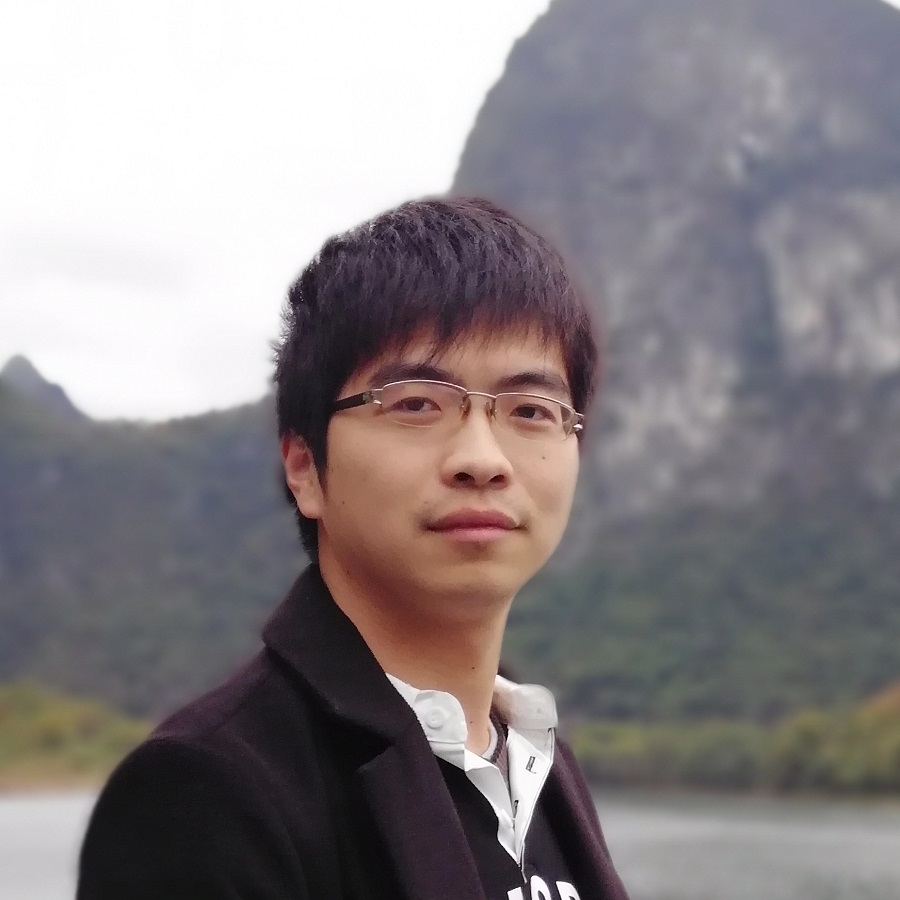The reviewer for IEEE Transactions on Industrial Informatics, IEEE Transactions on Systems, Man and Cybernetics: Systems, IEEE Transactions on Cognitive and Developmental Systems.
The reviewer for the IEEE International Conference on Robotics and Automation (ICRA2024).
The reviewer for Information Fusion, Computers in Biology and Medicine, Computers and Electrical Engineering, Computers and Electronics in Agriculture, and Pattern Recognition Letters.
The reviewer for Infrared Physics and Technology, Computers in Industry, Image and Vision Computing.
The reviewer for Pattern Recognition, Advanced Engineering Informatics, Engineering Applications of Artificial Intelligence, and Expert Systems with Applications.
The reviewer for the Journal of Energy Storage, Displays, Optics Communications, Measurement, Applied Soft Computing, and Scientific Reports.

